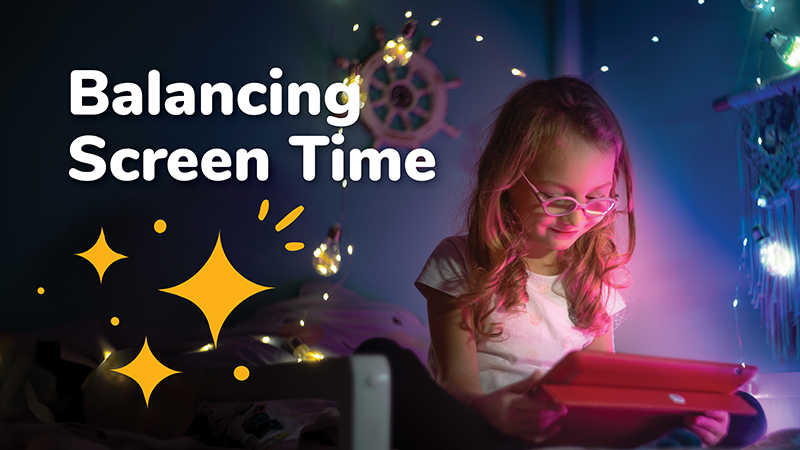
In today’s digital age, managing screen time for kids has become a pressing concern for many parents. With devices becoming a staple in our everyday lives, it’s crucial to understand the impact of excessive screen time on children’s behaviour and development. This guide will provide you with practical tips and strategies to help you balance screen time effectively.
Research has shown that too much screen time can significantly affect a child’s sleep, behaviour, and learning capabilities. According to the American Academy of Pediatrics, excessive screen use is linked to issues such as reduced attention spans, increased aggression, and difficulties in social interactions. It’s essential to recognise these potential impacts to mitigate them effectively.
To promote healthy development, it’s important to adhere to age-specific screen time limits. The World Health Organization recommends:
The Australian Government has also provided guidance on screen time guidelines.
Developing a structured daily schedule can help manage your child’s screen time effectively. Here’s a sample schedule to get you started:
Consistency in adhering to this schedule can help create a balanced routine that incorporates necessary screen use without overindulgence.
Balancing screen time for kids is a challenge many parents face today. By understanding the impact of excessive screen use and implementing practical strategies, you can promote healthier behaviours and development for your children.
If you need personalised advice or support, don’t hesitate to book a consultation with Tiny Tots Paediatrics. Our experts are here to help you navigate the complexities of screen time and improve your child’s well-being.
